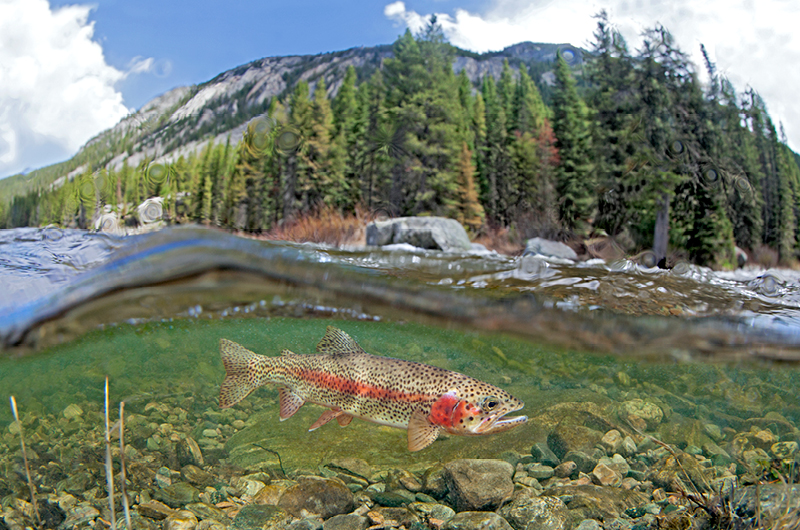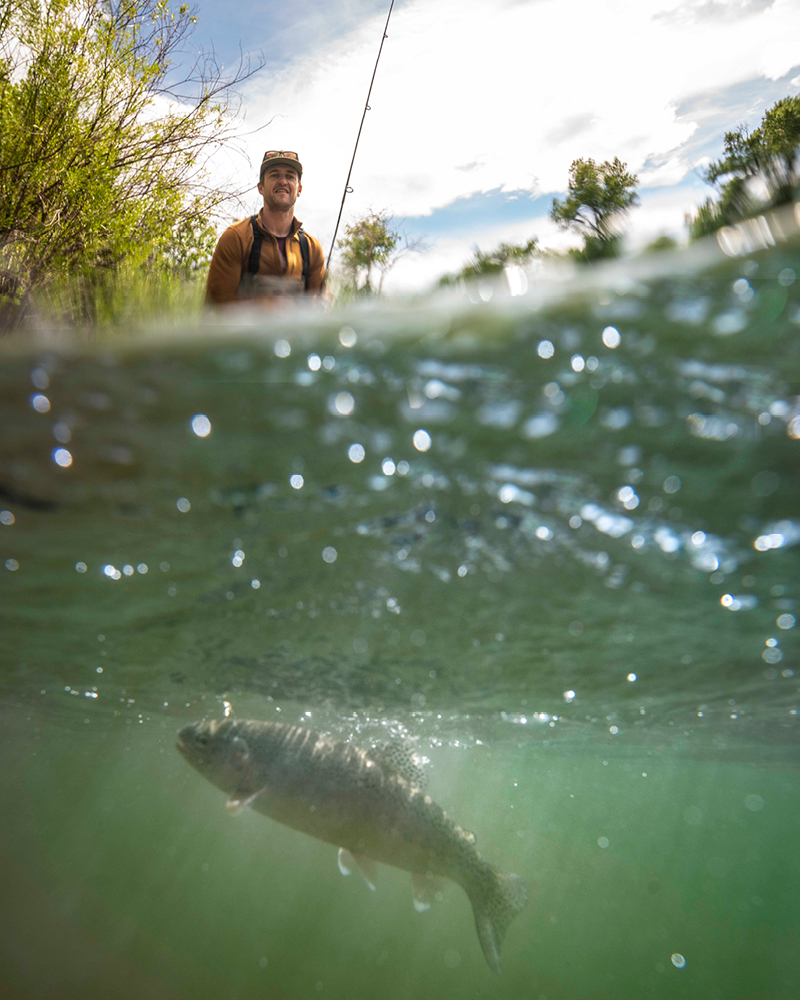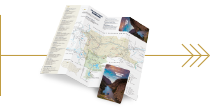Preserving Threatened Fisheries in Yellowstone Country
 Photo by Pat Clayton
Photo by Pat Clayton
As temperatures warm and hungry fish begin stirring, anglers get antsy to get out on the water. For those who love fly fishing, Yellowstone Country is a haven. Rivers such as the Yellowstone, Madison, and Gallatin are known for their fat trout populations, beautiful scenery, and knowledgeable guides. Fishing trips around here are beyond memorable.
But with the increased popularity of both sport fishing and Montana, our rivers and lakes are heavily used in general. Couple that with low stream flows during high temperatures, stressing both the fish and their habitat.
When water levels drop, these fish, already stressed, also have increased competition for space and food. Low water in the spring and fall can cause spawning failures, and, as they group up in pools where water is deeper and cooler, they become more vulnerable to anglers and predators. If conditions worsen, fish are lost to stress from higher water temperatures, lower oxygen levels, and reduced resistance to disease. This can impact adult trout numbers in future years.
Tactics To Protect Fisheries
We can collectively take steps to help mitigate the stress on our fish and rivers.
Montana Fish, Wildlife, and Parks (MFWP) carefully monitor the rivers and weather conditions to inform decisions regarding restricting or curtailing sport fishing in specific locations to protect a species or population.
One method is to impose Hoot Owl Restrictions, prohibiting angling from 2:00 p.m. until midnight. If you're planning a fishing trip, it's essential to check the conditions on the MFWP's website.
(The term "Hoot Owl" stemmed from logging operations in the early 1900s. Western forests get extremely hot and dry during the summer months, creating a high potential for forest fires. Loggers used equipment such as chainsaws and vehicles that would let off sparks. Therefore, loggers would only work during the morning hours when it was cooler, and there was a dew out. During this time window, they encountered active owls that were hooting.)
 Photo by Garret W. Smith
Photo by Garret W. Smith
What You Can Do
In addition to federal regulations, there are things individuals can do to help keep our fish healthy.
- Be aware of fishing closures.
- Fish in the cool morning hours, even if Hoot Owl Restrictions are not in place.
- If the water flow is low, try another location where fish may not already be stressed.
- Encourage water users to conserve flow.
- Report fish kills if you see them.
Catch and Release
While catch and release are preferred, there are still proper practices:
- Use barless hooks
- Land fish quickly
- Keep them in the water as much as possible when removing the hook
- Limit the amount of time you handle the fish
- Wet your hands before attempting to remove the hook
- Handle fish gently
- Be careful not to touch their gills
One final consideration; if water levels are low and temperatures are high, perhaps avoid the rivers and instead opt for high alpine lakes with cooler temperatures and less angler traffic. Or, maybe you hang up the rod for a bit and try other area activities!
For more trip planning ideas, check out Family Friendly Hikes in Yellowstone Country!


